With ever-increasing capacities, single built-in ovens continue to dominate the market, and their popularity is only set to increase, Cian Brittle finds out why.
The traditional British double oven continues to be superseded by the European-style single counterpart, and the deficit is set to grow further, with kitchens decreasing in size and single ovens gaining greater functionality.
Iskender Diker, sales director for Rangemaster, explains: “Single ovens are currently the most popular, and with overall house sizes in the UK now the smallest they have ever been – and expected to get smaller still – this trend looks set to continue.”
Sponsored Video

The C2901 from Caple is one of the largest built-in single ovens on the market, with a capacity of 95 litres. Despite its size, the oven has an A energy efficiency rating and MotionHeat+ technology, which means the oven heats up quicker than standard models
And the scale of this popularity is highlighted by Steve Jones, commercial director for Sirius, who says: “The market average seems to demonstrate that four out of five built-in ovens are single cavity over double.”
If anything, it is the ability to pair single ovens with a range of other appliances that makes them more attractive to consumers. It particularly rings true in refurbishment, which is great news for the high street retailers and designers working in the sector.
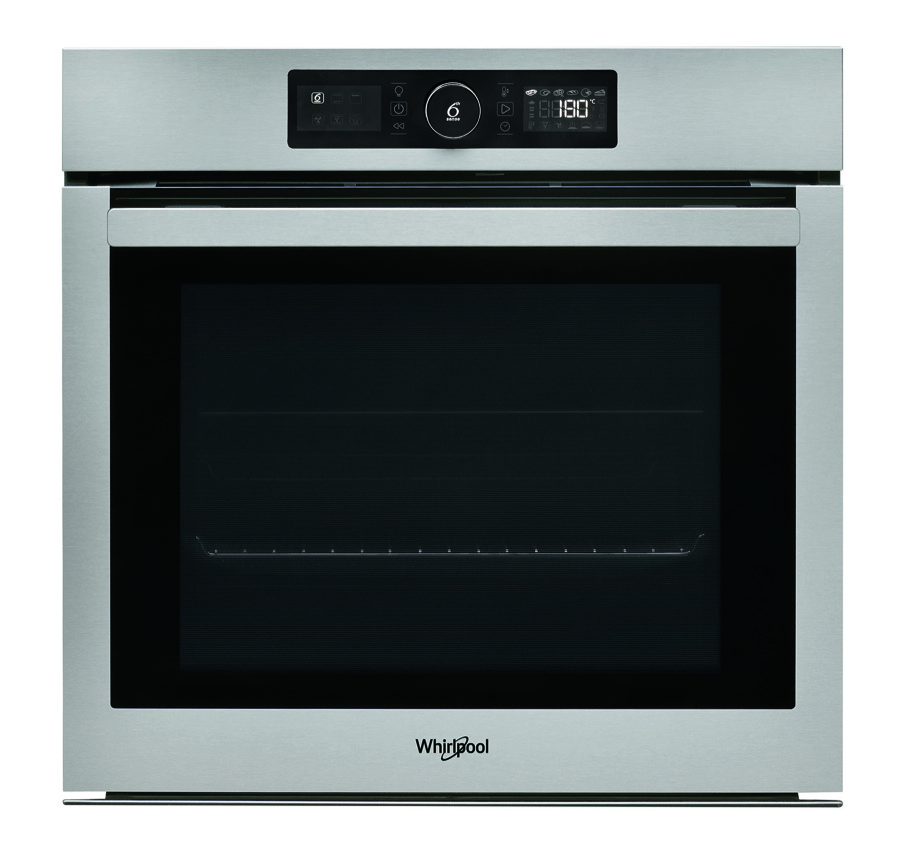
The Whirlpool Absolute pyrolytic single oven (AKZ 6270 IX) eliminates the need for manual cleaning. The oven has a 65-litre capacity and an A+ energy efficiency rating
Category manager for ovens at BSH Home Appliances John McLauchlan points out: “Consumers who are buying appliances as part of a wider purchase of a kitchen are more open to new ideas and will make the switch from double oven to multiple cavities.”
He adds: “People buying a kitchen area more likely to want to co-ordinate their appliances with the design, which is where retailers could encourage the customer to buy a whole suite.”
Big demand
Focusing solely on the single oven, a key development has seen much larger cavity options available to consumers than in previous years. The demand for large capacity single ovens has remained, and that is reflected by oven capacities stabilising.
Jennifer Taylor, head of brand at Hotpoint, reflects: “A decade ago, a standard single oven had a capacity of around 50 to 55 litres. Today, it offers a capacity of 73 litres,” highlighting the shift in expectations for a standard single oven.
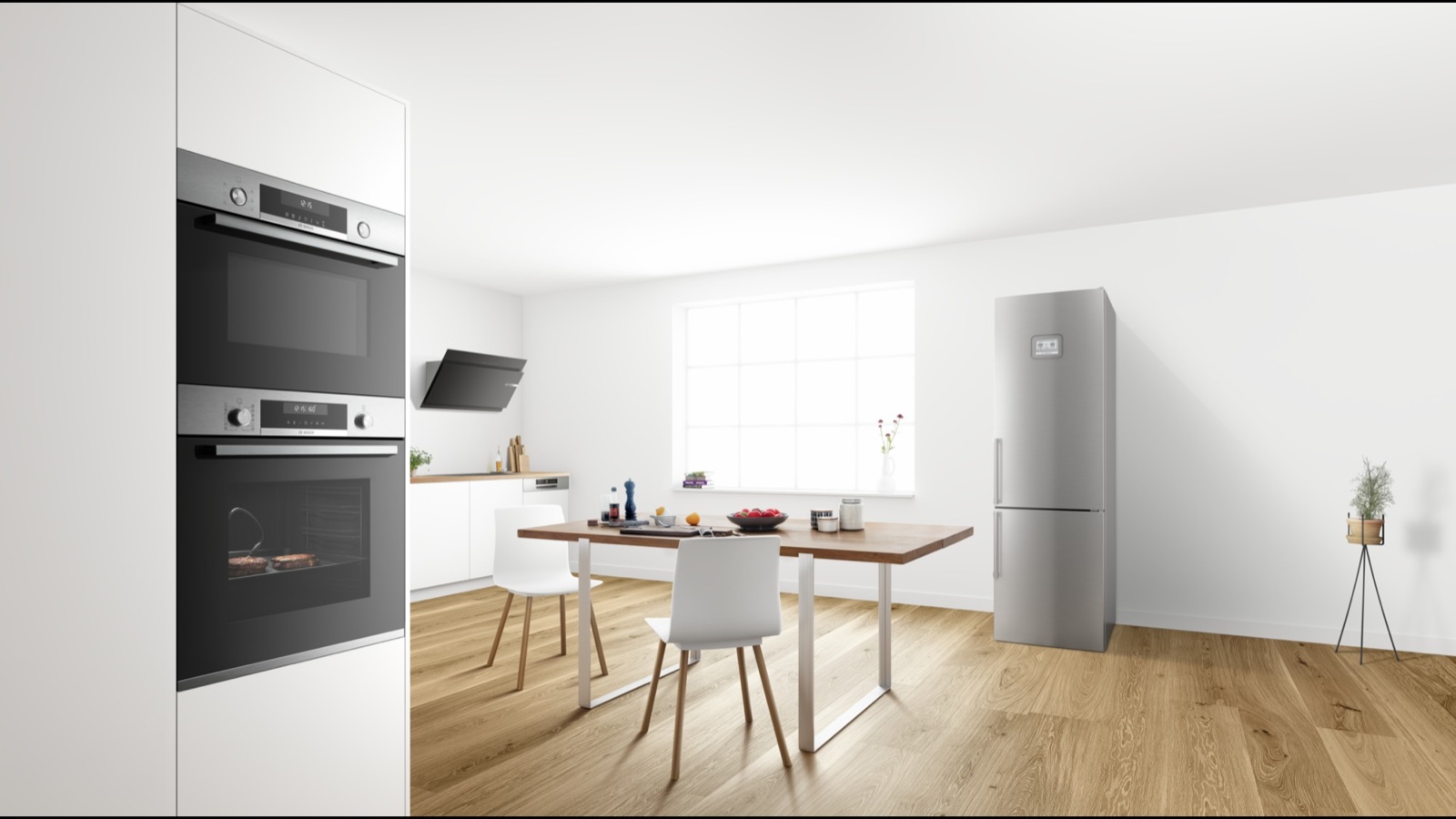
The Bosch Serie 6 HBG5785S0B built-in single oven has AutoPilot technology, which only requires the information of what is cooking to select the ideal heating mode, temperature and cooking duration. It contains 10 cooking functions, has a 71-litre capacity and an A energy efficiency rating
And Caple’s product manager Luke Shipway explains how this growth in capacity is set to continue: “At Caple, we recently introduced a model (C2901) with a generous 95-litre capacity, making it one of the largest built-in single ovens on the market.”
The growing demand has been noted by both Richard Mackey, product and marketing manager at Gorenje UK, and Ian Moverley, brand communications director for Whirlpool.
The former says: “Interest has definitely grown over the last 12 months,” while the latter adds: “They are in great demand.” Although now, consumers not only want to maximise space with their ovens, they also want an option that provides maximum flexibility.
Added flexibility
Without doubt, flexibility is crucial for consumers when considering how to fill their kitchen spaces; something which single ovens can offer ahead of double ovens.
Single ovens provide much more flexibility for consumers, as noted by managing director of Kuppersbusch Sales UK Bodie Kelay: “As space is often at a premium, we find consumers opt for a single oven and combination microwave.”
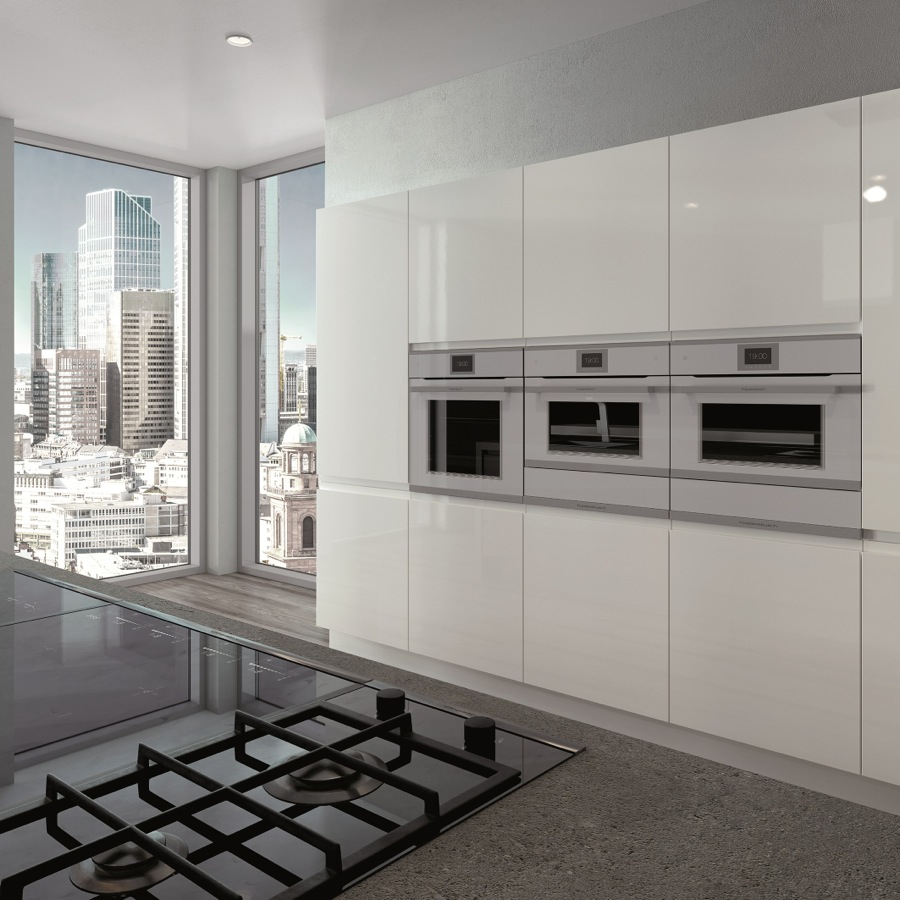
Kuppersbusch built-in ovens are available in ‘Mix and Match’ design options. Pictured here in grey is a combination of compact and premium+ ovens with warming drawers. All ovens are available in grey, white and black, with the choice of seven handles and design kit options
This viewpoint is supported by Sara Bazeley, brand manager at Indesit, who says: “Single ovens continue to remain popular with the consumer thanks to the flexibility of being able to combine a single oven with a built-in microwave or combination oven.”
Also sharing this opinion is Samsung’s head of product management Nick Bevan: “The fashion is to pair single ovens with compact ovens and combination microwaves.”
Although, flexibility alone is certainly not the only reason for the rise of single ovens, as convenience is arguably as important.
Convenience is key
In terms of convenience, cleaning is absolutely the most in demand time saver for consumers. It’s no surprise since cleaning the oven is often cited as consumers’ most dreaded household chore.
Often, it’s ovens with pyrolytic cleaning functions that are the most desirable, which Hotpoint’s Jennifer Taylor confirms: “They have achieved a 26% increase in sales. It has been reported that ovens that do not feature self-cleaning functionality are declining.”
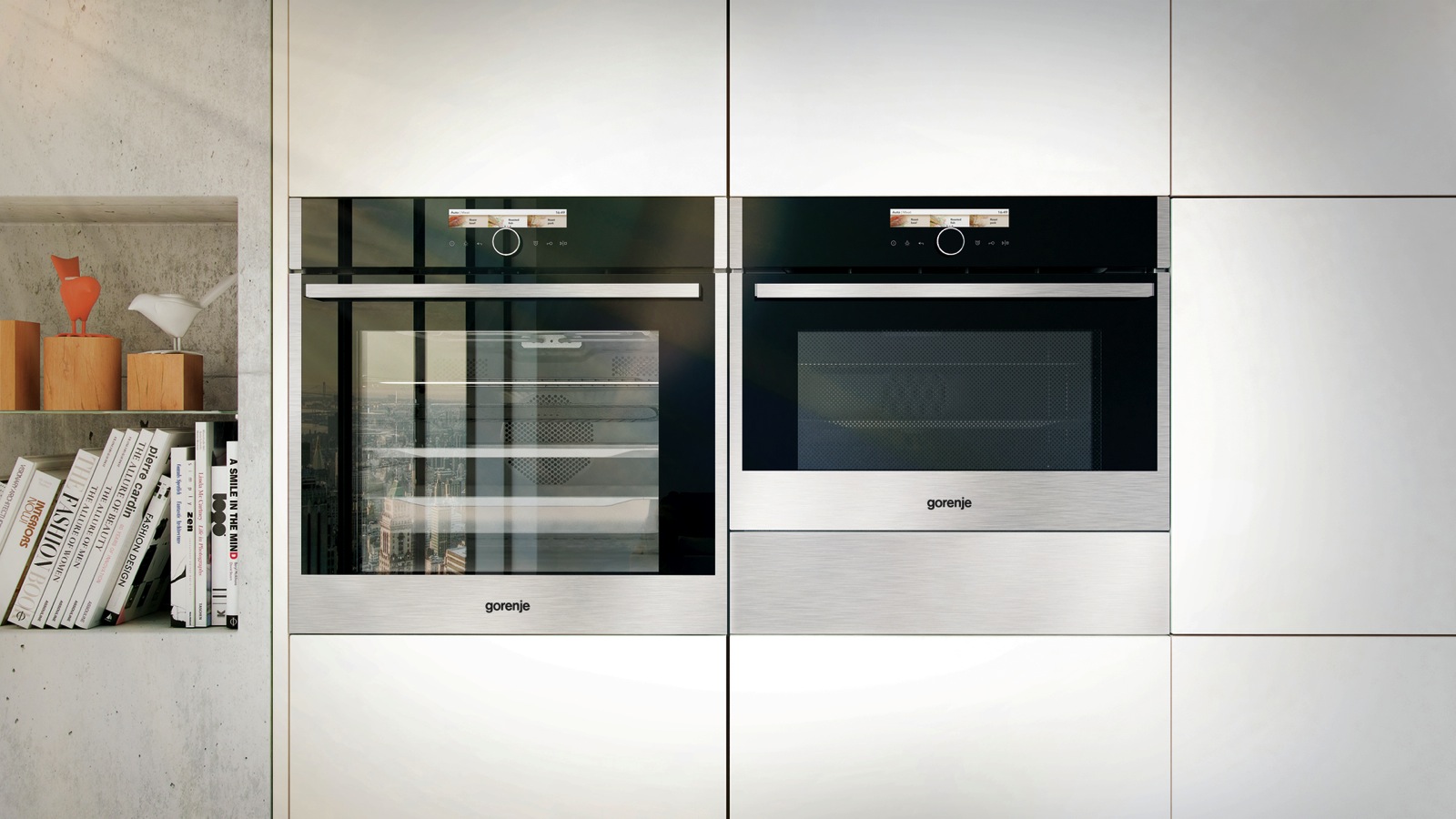
The BOP798S54X built-in pyrolytic single oven has a capacity of 71 litres. It boasts 16 cooking programmes and Gorenje’s MultiFlow 360°, which is claimed to offer optimal circulation of heat within the oven
This is the case despite the higher prices, highlighting how important convenience is for consumers, something that Ian Moverley of Whirlpool notes: “[Single ovens are] enjoying double digit growth every year since their introduction.
“This is despite average prices over twice that of an oven without cleaning capabilities, sales have improved 35% in value, with the sector accounting for 15% of the market.”
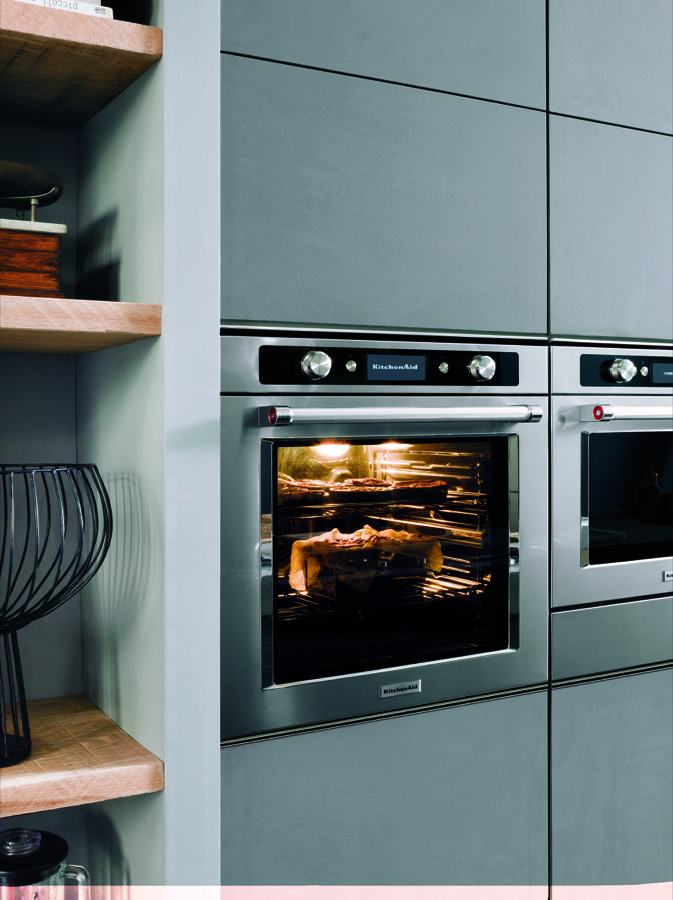
The KitchenAid Stainless Steel Twelix Artisan oven (KOASP 60602) offers 34 cooking modes and boasts pyrolytic cleaning as standard. The oven has a 73-litre capacity and an A+ energy efficiency rating
KitchenAid has also noticed this trend, as channel controller Lee Collett states: “Until recently, pyrolytic oven cleaning was only found at the luxury end of the market. This is, however, no longer the case.”
There has been a slight move towards more environmentally friendly methods of cleaning ovens, like utilising steam, but they haven’t yet generated sufficient traction to displace pyrolytic as the most popular self-cleaning method.
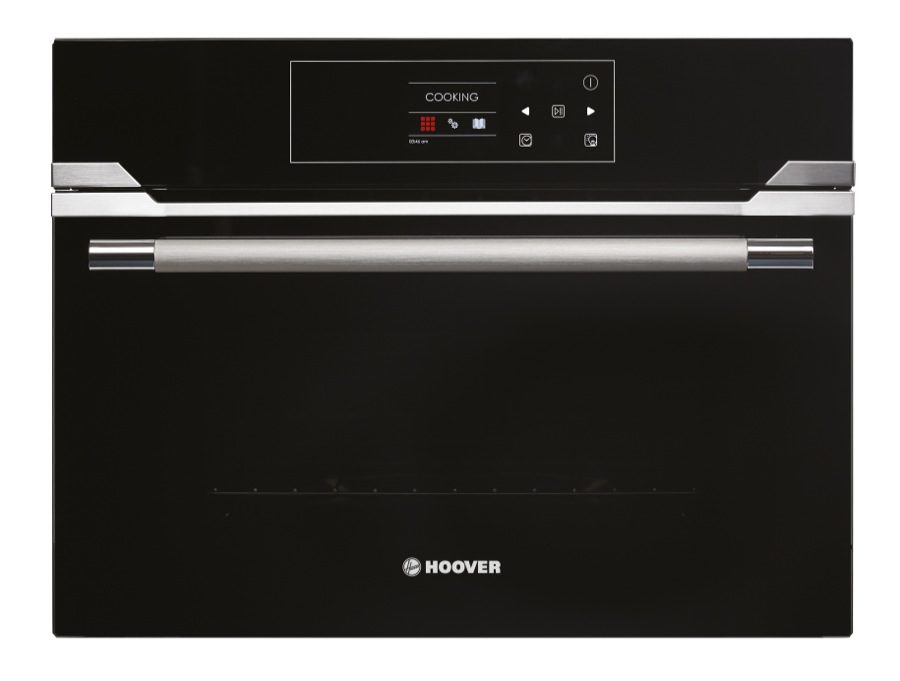
With an A++ energy rating, the Hoover HSO450 SV is a combined compact steam oven, with a volume of 34 litres. It contains up to 12 functions, including steam, grill and fan
However, steam is still significant as part of the cooking process as managing director of Bertazzoni UK and Eire Maurizio Severgnini notes: “Steam cooking is probably the fastest growing functionality across the past 12 months.”
Sirius’ Steve Jones explains further: “Steam ovens are becoming more popular as an eco-friendly and more efficient way to clean an oven. Nevertheless, consumers are still opting for a pyrolytic cleaning system regardless of new technology, with pyrolytic still featuring across 50% of sales.”
Double not dead
All this talk of single ovens’ dominance could lead you to believe that double ovens are entirely obsolete. However, there is certainly still a market, as well as demand, for the old favourite.
Richard Mackey of Gorenje supports this, as he explains: “There is definitely still a market for the double oven and, while it’s largely driven by the replacement market, they remain a good option for consumers who have larger families or like to entertain frequently.”
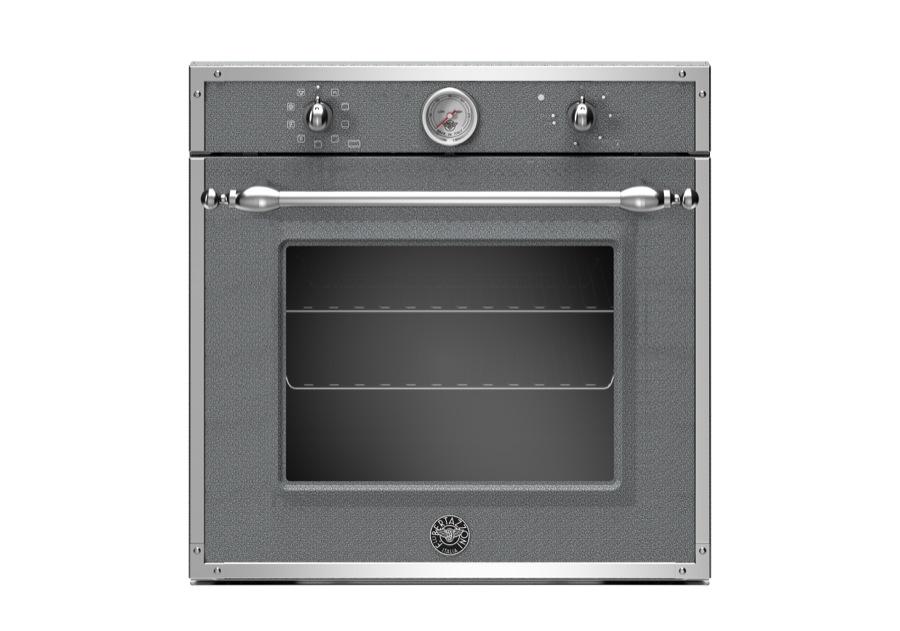
The 600mm electric heritage built-in oven from Bertazzoni comes with nine functions and a thermometer. Shown here in black decor, it is also available in Ivory with chromed finish and copper finish
Likewise, marketing manager at CDA Steve Corbett says: “There is still a place for the double oven in the British market. The double is the perfect choice for customers who want a lot of cooking capacity but don’t have space for a range cooker.”
In fact, Iskender Diker of Rangemaster claims: “Sales of our double ovens remain strong,” so there is clearly still a market for double ovens.
Built-in teacher
Arguably one of the biggest developments in the cooking appliance market has seen consumers looking for automatic recipe programmes. Ian Moverley of Whirlpool explains a possible reason for this demand: “A recent survey found that 31% of millennials admit to only having a small portfolio of dishes they are able to cook.”
These statistics are supported by Indesit’s Sara Bazeley: “Research states only 22% of British consumers feel they have a great knowledge of, and experience with, food and cooking, and that 27% of millennials are not interested in learning how to cook.”
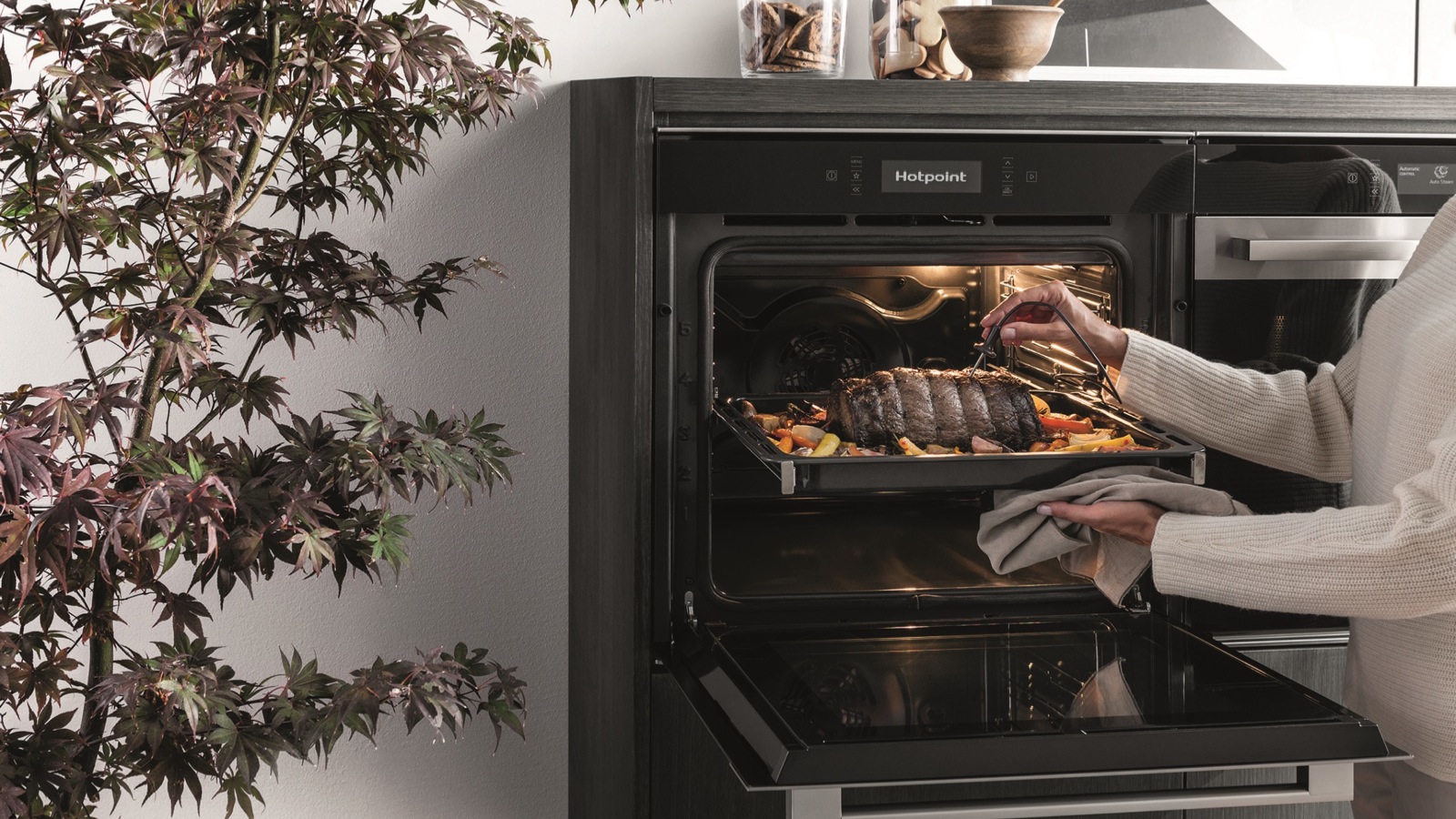
The Hotpoint built-in Class 9 pyrolytic multifunction single oven (SI9 891 SP IX) is the winner of a Red Dot Design Award. It has a 73-litre capacity and Multirecipe programmes designed by chefs
She continues: “Appliances with easy-to-use controls are increasingly popular at the moment. A recent study found eight out of ten admit to a trial and error approach, with 70% saying products need to be easier to understand.”
And it is this surge in demand for automatic programmes that is so closely linked to the rise in connected appliances – it’s only a matter of when, not if, they become standard.
Rise of connectivity
Connectivity is without a doubt the direction the industry is heading, but that is not to say that the consumer is fully aware of its benefits. Ian Moverley of Whirlpool explains: “Despite increased familiarity of smart appliances, sales remain in their infancy.”
But there are certainly benefits to connectivity becoming more commonplace in our homes, however, as Nick Bevan from Samsung explains: “Connectivity offers some real benefits, such as being able to start or preheat your oven on the way home, which is great for when you need dinner ready in a hurry.
“You can also check and adjust the cooking temperature or time settings as you please.” And it is once these benefits are understood by the consumer that the potential of connectivity will be fully realised.
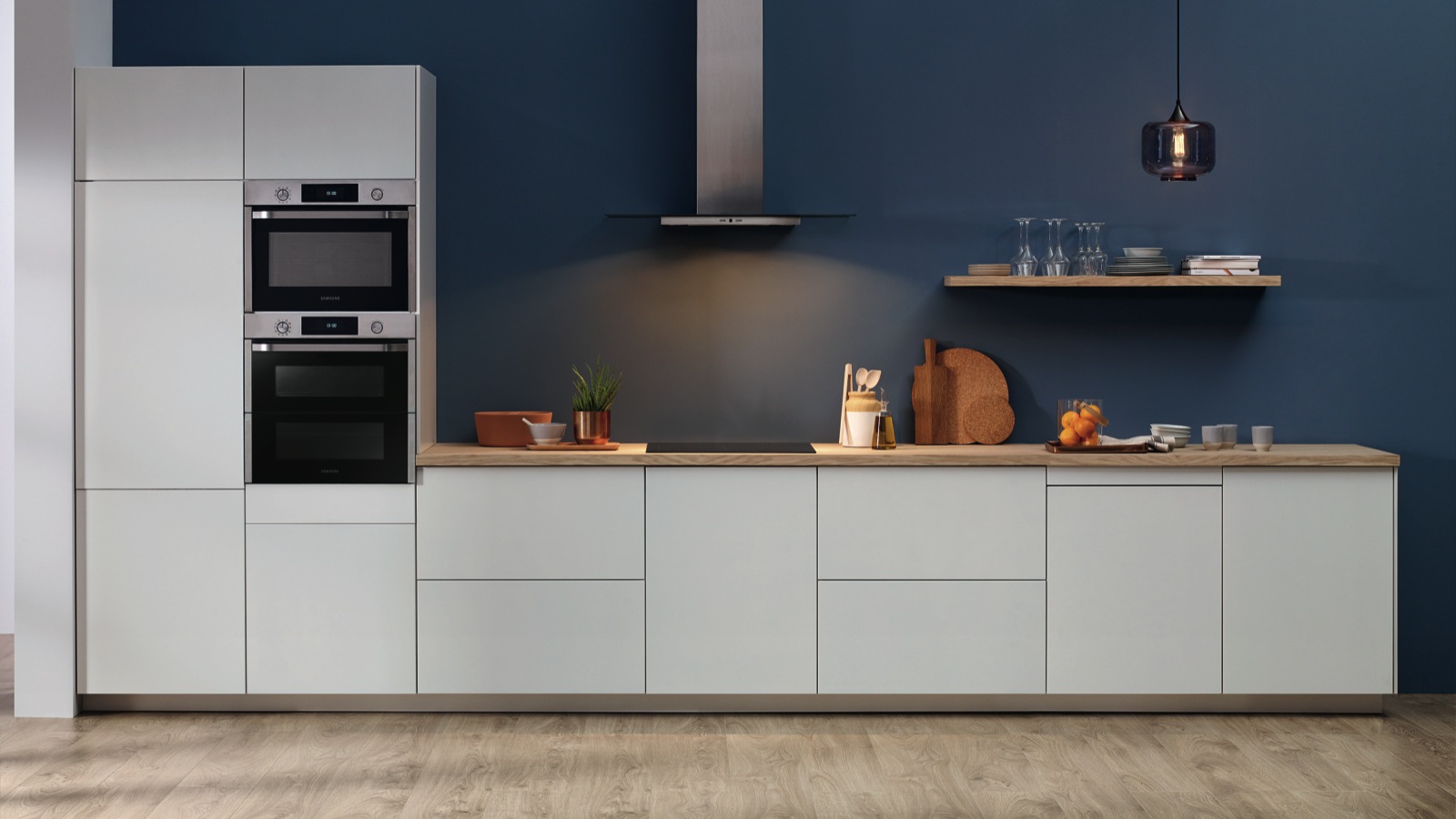
With Wi-Fi connectivity, the Dual Cook Flex from Samsung can be operated using the SmartThings app. It means the oven can be switched on remotely and, using Dual Cook, it means the oven can cook two dishes at two temperatures at the same time
Product manager for Miele Max McCormick admits that “it’s still only a really attractive proposition for early adopters and will see its place in the mass market when the next advances come through.”
Although, he adds: “Market data shows sales of smart appliances tripling year on year as consumers become more confident and comfortable with such technology,” highlighting how much the market for connectivity has grown already.
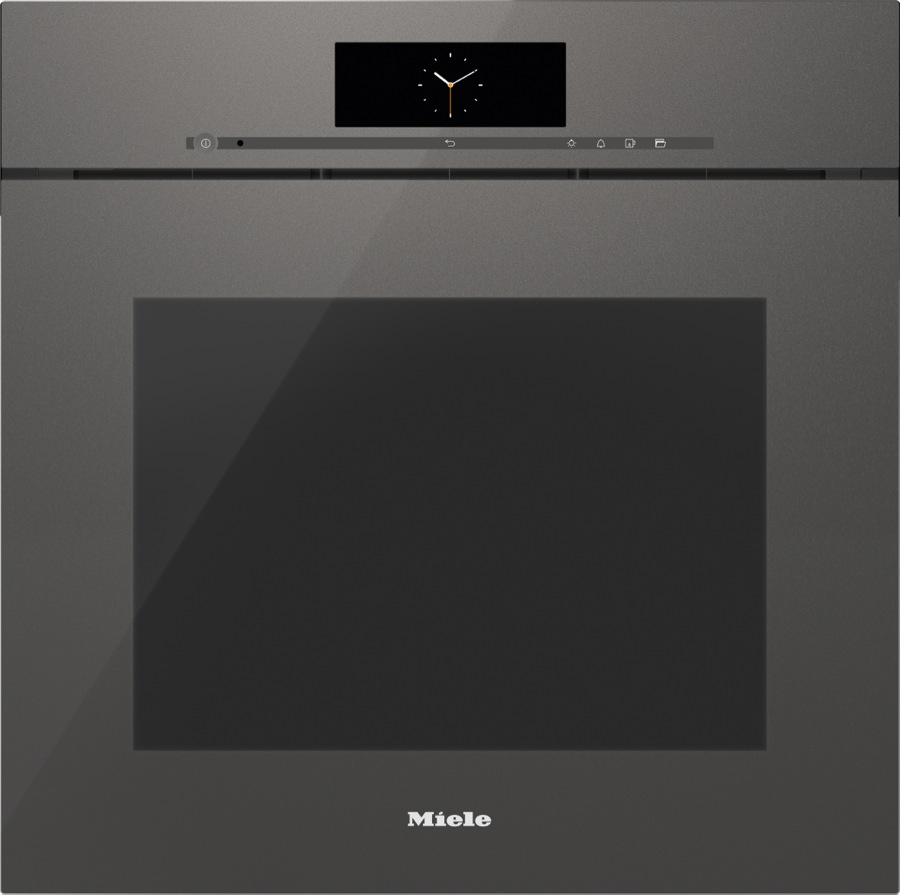
With a capacity of 76 litres, the Miele H 6860 BPX ArtLine Oven has over 100 automatic cooking programmes, as well as a wireless food probe and FlexiClip fully telescopic runners. It is shown here in Graphite Grey
And once the market grows, Bodie Kelay of Kuppersbusch envisages: “Connectivity will go further and provide longer term benefits, especially for family and carers of those in their golden years striving to live independently.”
When will we see connectivity truly embraced by consumers? It’s hard to tell, but Nick Platt of Hoover predicts: “As connected products are more widely available to consumers, buyers no longer need to seek them out and therefore sales are set to increase.”
To the future
All in all, sales of built-in ovens are healthy, and they are expected to continue that way. Maurizio Severgnini from Bertazzoni draws on the latest data from the Association of Manufacturers of Domestic Appliances (AMDEA) in his prediction.

Rangemaster’s RMB610BL/SS single cavity oven has 10 functions, and despite its 73-litre capacity, can claim an A energy efficiency rating. The oven comes complete with touch controls to make it ‘easy-to-use’
“According to the latest data from AMDEA, sales of built-in ovens are up 3.1% on last year, so there’s no reason to expect that this won’t continue to grow over the coming year and with it the single oven will take its majority share catered for by astute kitchen designers and retailers.”
Growing oven sales for the retail sector? That’s the joy of being single!
Want to see more features like this? Have a look at how the radiator and towel warmer market is changing as chrome is dethroned, or alternatively, we answer the question of how important cabinetry is to bathrooms.



